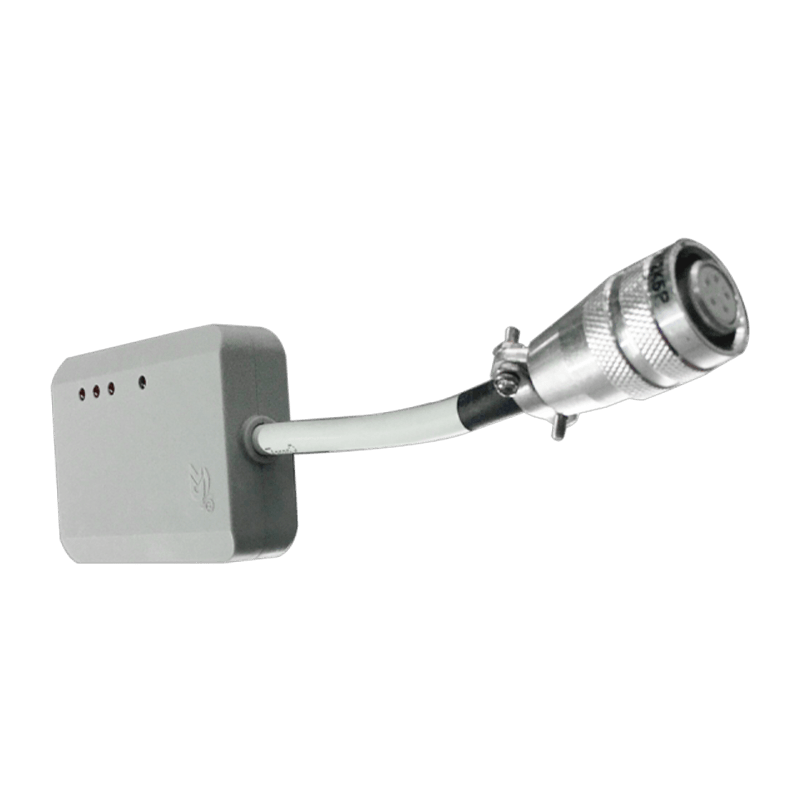A Reference Standard Meter is a measuring instrument used in measurement. It has several features that make it ideal for the measurement of many different quantities. These features include high precision, accuracy and versatility. The accuracy limit can be as high as 0.01%. The accuracy of a Reference Standard Meter is important for many applications and can make the difference between success and failure.
High precision
A high precision reference standard meter can measure voltage, current, power, phase angle, harmonics, and other electrical parameters. Its single terminal can measure all ranges, so it eliminates the need to switch between different terminals. It also has an output port and is very easy to use. Its display shows measuring data in an easy to understand way. Whether you need a reference standard for electrical measurements or just want to verify a measurement, a reference standard meter can be a valuable tool for your business.
This device has multiple ports for communication, including a baud rate setting for asynchronous communication. Its measurement capabilities include AC voltage, current, and power in four-quadrant and cross-phase modes. In addition, it can also measure the voltage drop at a dotted terminal and the intensity of space magnetic induction.
Multifunctional
Multifunctional reference standard meters are highly accurate devices used in the calibration and testing of energy meters. They have many features that make them ideal for various applications. They can measure AC voltage, current, and power in a four-quadrant or cross-phase electrical system. These devices are also useful for testing and calibrating high-level calibrators. In addition, they can measure peaked and quadriform waveforms and high-order harmonics.
Multifunctional reference standard meters are available in several types, and can be used in laboratory settings, industry, and home. There are also versions that can be used to measure the weight, volume, and density of substances. Multifunctional reference standard meters can also be used in food and beverage manufacturing processes to measure the exact weight of food products.
High performance
The reference standard meter plays a crucial role in the process of meter testing. These devices measure voltage and current at different frequencies in a range of tens of Hz. They can also measure all voltage and current values at the same time. A digital reference standard can measure all three values simultaneously. It works by converting the analogue voltage and current signals into digital signals and then calculating the desired values in real time.
This device is manufactured according to the OIML's R46 standard and offers high performance and accuracy. It can measure voltage, current, phase angle, frequency, and power.
Accuracy limits
Reference standard meters come with several limitations that can affect their accuracy. For example, a typical meter may only be accurate to 5% of its range. This limit will increase as the signal level decreases. Similarly, a meter that measures voltage with a resolution of 1mV has a maximum range error of 1%.
Accuracy limits of reference standard meters are set to protect the user from error. If a meter has an error of more than two percent of its tested capacity, it is not safe to leave it in service. It is therefore important to have the meter tested before installation and again in 60 days.
Referee test
Referee test for reference standard meters is a procedure for checking the accuracy of a reference meter. It involves connecting a certified standard to a reference meter (MUT position) and comparing the energy accumulation on the reference meter and the certified standard. The certified standard and the reference meter are set to the same energy function and VA-hours.
A certified standard and transformer combination are used to perform the test. The test may also be conducted on consoles equipped with pulse output connections. The pulses of the certified standard and reference meter are compared visually.
